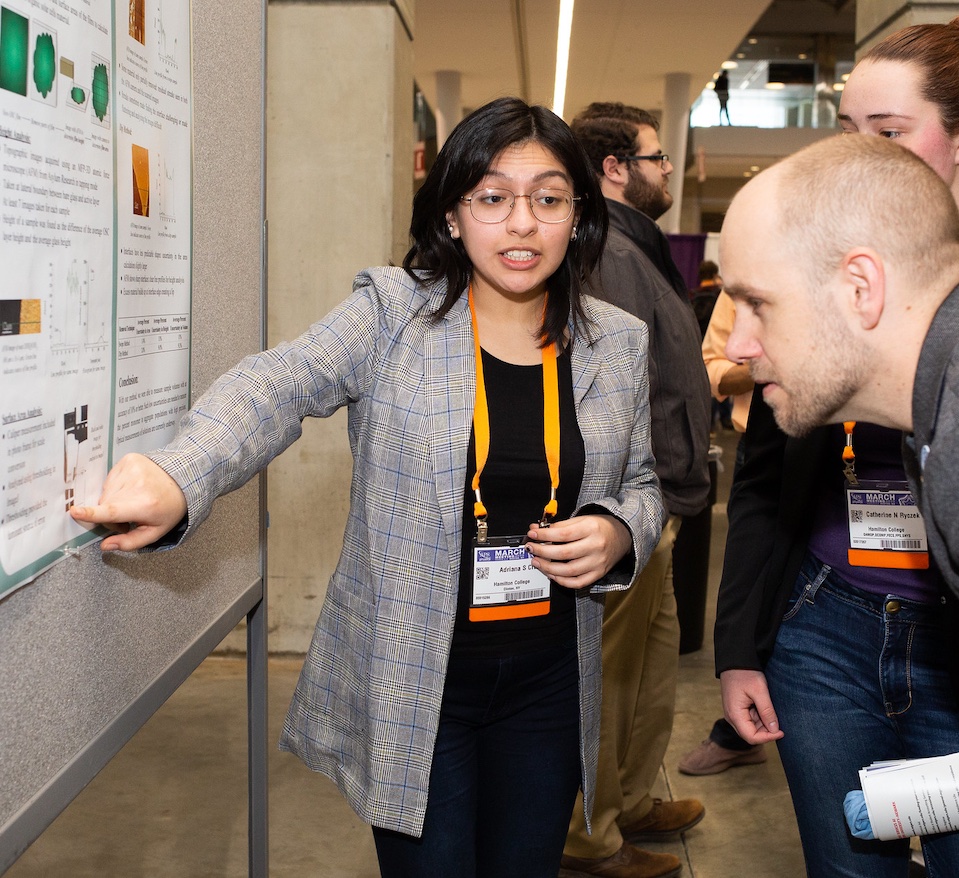Broadening Participation Through Partnerships
Building a diverse STEM workforce is key to the success of the American scientific enterprise.

Diversity, equity, and inclusion is key to the success of the American scientific enterprise. Members of Congress should support legislation that creates meaningful lasting partnerships between top research universities and emerging research institutions (ERIs), including MSIs, TCUs, HBCUs, and the colleges and universities with smaller research activities, which are often located in underserved states.
Historically, the colleges and universities that educate and train the majority of people from underrepresented groups have received a disproportionately low fraction of federal science and engineering R&D funds. In 2018, for example, only 10% of federal science and engineering funding went to more than three-quarters of institutions.
These almost 500 institutions are responsible for serving nearly 60% of all students, two-thirds of the nation’s URM students and more than two-thirds of Pell grants recipients. These students are being excluded from the future STEM workforce by having either limited or no opportunity to engage in research.
Congress should include language in authorization bills for the federal science agencies, including NSF and DOE Office of Science, that requires the agencies to:
- Enable meaningful lasting partnerships between our top research universities and emerging research institutions. The focus of partnerships should be building research capacity at the emerging research institutions.
- Strongly encourage research proposals directly from ERIs and MSIs.
- Track statistics on awards to ERIs and MSIs.
- Conduct a comprehensive portfolio analysis of the awards for ERIs and MSIs and identify best practices and methodologies for increasing funding to these institutions.
The Impact of Personalized Emails
Although personalizing your email with your own experiences and anecdotes may take a few extra minutes, research shows that it is well worth the time. According to a Congressional Management Foundation survey, individualized emails are the second most effective method overall for positively influencing a member’s decision on an issue. Individualized email messages are also 64% more effective than form email messages.
Furthermore, 83% of congressional staff surveyed said that it would take more than 50 form emails for them to consider taking the action requested. On the other hand, 70% of staff said that it would take less than 50 personalized emails for them to consider taking action. We encourage you to personalize your emails to Congressional members in order to maximize the impact of your voice.
If your Congress member has not already arrived at a firm decision on an issue, which of the following advocacy strategies might have a positive influence on his/her decision?
How many emails are needed before you consider taking the requested action?
